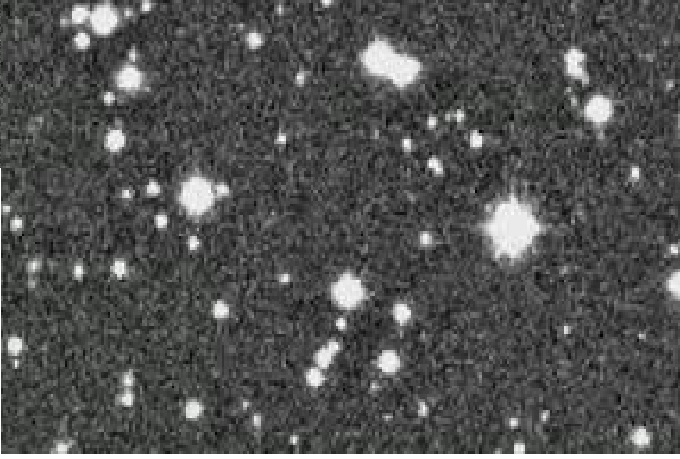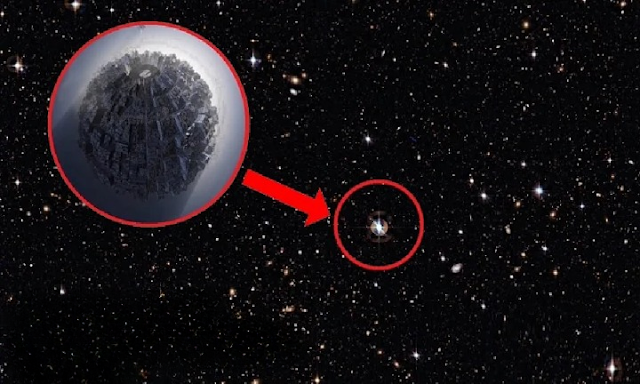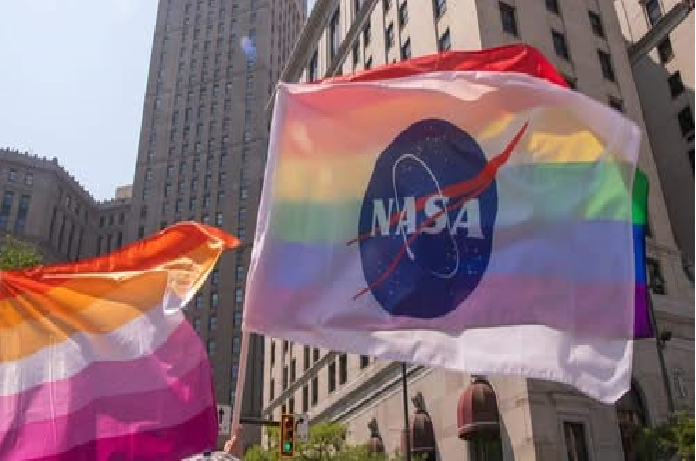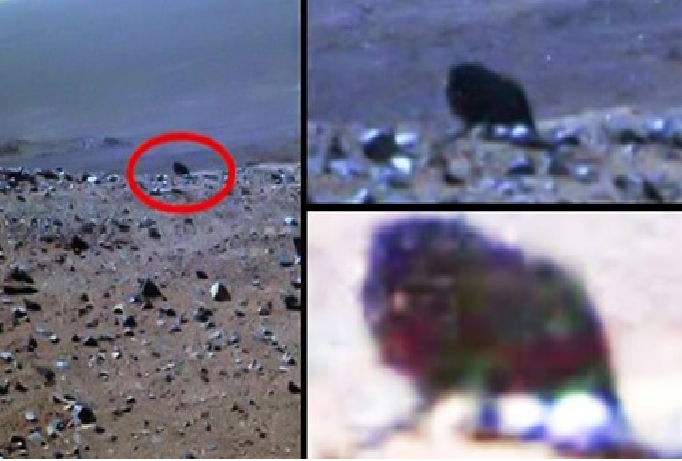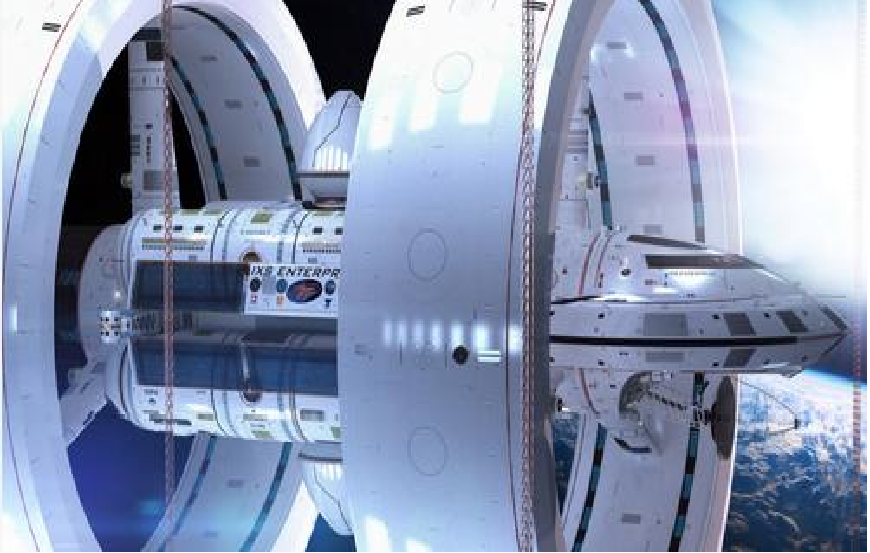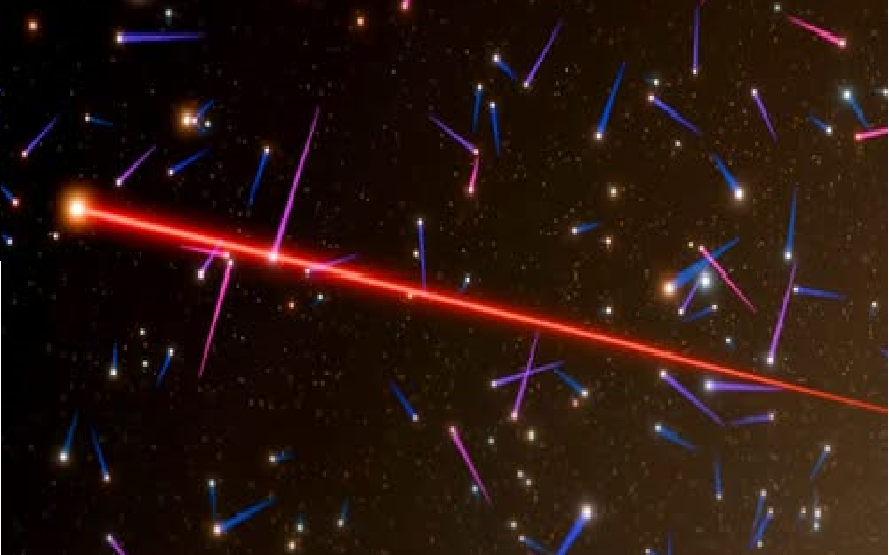But — importantly — the chances are still “extremely low,” though they have ticked up since the object was first detected.An asteroid that measures up to 300 feet across could smack into Earth in 2032, and while NASA says the chances of a collision are “extremely low,” the probability has been increasing since the space rock was discovered weeks ago.
NASA said last week that there is currently a 2.3% (or 1 in 43) chance that the asteroid, dubbed 2024 YR4, will hit Earth on Dec. 22, 2032. While still tiny, that probability nearly doubled from the agency’s initial estimate of 1.2% in late January.Share & Save —
NASA Says Yes: An Asteroid Buzzing By in 2032 Could Hit Earth
In a recent announcement that has captured the attention of scientists and the public alike, NASA has confirmed that an asteroid, designated as 2023 DW, has a small but non-zero chance of colliding with Earth in 2032. While the probability of impact remains low, the potential consequences of such an event have sparked discussions about planetary defense and the importance of tracking near-Earth objects (NEOs).
The Asteroid in Question: 2023 DW
Discovered in early 2023, asteroid 2023 DW is estimated to be about 50 meters (164 feet) in diameter—roughly the size of an Olympic swimming pool. It is classified as a near-Earth object (NEO) and is currently on a trajectory that will bring it close to Earth on February 14, 2032. According to NASA’s Center for Near-Earth Object Studies (CNEOS), the asteroid has a 1 in 560 chance of impacting Earth, earning it a 1 on the Torino Scale, which measures the risk of asteroid impacts. A score of 1 indicates a “routine” discovery with no cause for public concern, but it also means the object warrants careful monitoring.
What Would Happen If It Hit?
While 2023 DW is not large enough to cause a global catastrophe, an impact could still have significant regional consequences. For comparison, the Chelyabinsk meteor, which exploded over Russia in 2013, was only about 20 meters in diameter but released energy equivalent to 500 kilotons of TNT, shattering windows and injuring over 1,000 people. An asteroid like 2023 DW could cause similar or greater damage depending on where it hits.
If 2023 DW were to strike Earth, it could release energy equivalent to several megatons of TNT, potentially devastating an area the size of a city. However, the likelihood of it hitting a populated area is extremely low, given that Earth’s surface is mostly ocean and uninhabited land.
NASA’s Plan: Monitoring and Mitigation
NASA and other space agencies around the world are closely tracking 2023 DW’s trajectory. As more observations are made, the asteroid’s path will be refined, and the risk of impact could either increase or decrease. Currently, the most likely scenario is that the asteroid will safely pass by Earth at a distance of about 1.8 million kilometers (1.1 million miles), which is roughly four times the distance between Earth and the Moon.
Even so, NASA is taking no chances. The agency has been working on planetary defense strategies for years, including the Double Asteroid Redirection Test (DART) mission, which successfully demonstrated the ability to alter an asteroid’s trajectory by crashing a spacecraft into it. If 2023 DW were deemed a serious threat, similar missions could be launched to deflect it.
Why This Matters
The discovery of 2023 DW underscores the importance of tracking near-Earth objects and developing technologies to protect our planet. While the odds of a catastrophic asteroid impact are low, the potential consequences are too significant to ignore. NASA’s Planetary Defense Coordination Office (PDCO) is dedicated to identifying and mitigating such threats, ensuring that humanity is prepared for any future close encounters.
A Reminder of Our Cosmic Neighborhood
Asteroids like 2023 DW remind us that Earth is part of a dynamic and sometimes dangerous cosmic environment. While the chances of an impact in 2032 are slim, the discovery of this asteroid highlights the need for continued vigilance and investment in planetary defense. As NASA and other organizations work to track and study these objects, we can rest a little easier knowing that scientists are watching the skies.
Profile Sign InCreate your free profile
Sections
- U.S. News
- Decision 2024
- Politics
- World
- Business
- Sports
- Investigations
- Culture & Trends
- Health
- Science
- Tech & Media
- Weather
- Video Features
- Photos
- NBC Select
- NBC Asian America
- NBC BLK
- NBC Latino
- NBC OUT
Local
- New York
- Los Angeles
- Chicago
- Dallas-Fort Worth
- Philadelphia
- Washington, D.C.
- Boston
- Bay Area
- South Florida
- San Diego
- Connecticut
tv
Featured
More From NBC
Follow NBC News
news Alerts
There are no new alerts at this time
NASA says yes, an asteroid buzzing by in 2032 could hit Earth
But — importantly — the chances are still “extremely low,” though they have ticked up since the object was first detected.
0 seconds of 1 minute, 17 seconds
00:00
01:17

Tracking asteroid that could hit earth in 2032
Feb. 13, 2025, 5:16 AM GMT+5 / Updated Feb. 13, 2025, 5:33 AM GMT+5
By Denise Chow
An asteroid that measures up to 300 feet across could smack into Earth in 2032, and while NASA says the chances of a collision are “extremely low,” the probability has been increasing since the space rock was discovered weeks ago.
NASA said last week that there is currently a 2.3% (or 1 in 43) chance that the asteroid, dubbed 2024 YR4, will hit Earth on Dec. 22, 2032. While still tiny, that probability nearly doubled from the agency’s initial estimate of 1.2% in late January.
At that time, NASA said that “no other known large asteroids have an impact probability above 1%.”
The agency is monitoring the asteroid’s orbit and said that the object’s “impact hazard” could be ruled out eventually. But in a blog post about the space rock, the agency said it is “also possible its impact probability will continue to rise” as more details become clear.
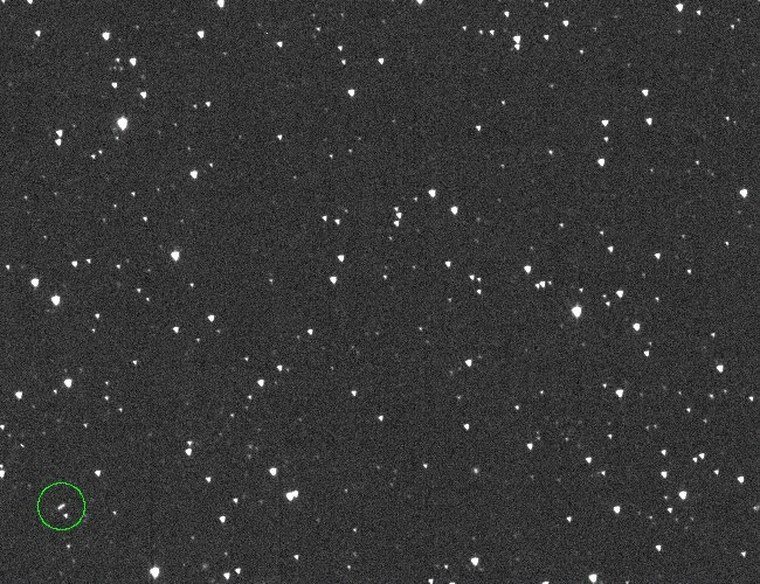
NASA estimates that the asteroid measures between 130 feet and 300 feet across. In the unlikely event that it did hit Earth, the asteroid would likely “impact at a high velocity” of roughly 38,000 mph, according to the Center for Near Earth Object Studies at NASA’s Jet Propulsion Laboratory.
A space rock of that size would likely cause local damage, but not threaten the entire planet or humanity, as might be the case if a much larger asteroid was on a collision course with Earth.Share & Save —
Profile Sign InCreate your free profile
Sections
- U.S. News
- Decision 2024
- Politics
- World
- Business
- Sports
- Investigations
- Culture & Trends
- Health
- Science
- Tech & Media
- Weather
- Video Features
- Photos
- NBC Select
- NBC Asian America
- NBC BLK
- NBC Latino
- NBC OUT
Local
- New York
- Los Angeles
- Chicago
- Dallas-Fort Worth
- Philadelphia
- Washington, D.C.
- Boston
- Bay Area
- South Florida
- San Diego
- Connecticut
tv
Featured
More From NBC
Follow NBC News
news Alerts
There are no new alerts at this time
NASA says yes, an asteroid buzzing by in 2032 could hit Earth
But — importantly — the chances are still “extremely low,” though they have ticked up since the object was first detected.
0 seconds of 1 minute, 17 seconds
00:00
01:17

Tracking asteroid that could hit earth in 2032
Feb. 13, 2025, 5:16 AM GMT+5 / Updated Feb. 13, 2025, 5:33 AM GMT+5
By Denise Chow
An asteroid that measures up to 300 feet across could smack into Earth in 2032, and while NASA says the chances of a collision are “extremely low,” the probability has been increasing since the space rock was discovered weeks ago.
NASA said last week that there is currently a 2.3% (or 1 in 43) chance that the asteroid, dubbed 2024 YR4, will hit Earth on Dec. 22, 2032. While still tiny, that probability nearly doubled from the agency’s initial estimate of 1.2% in late January.
At that time, NASA said that “no other known large asteroids have an impact probability above 1%.”
The agency is monitoring the asteroid’s orbit and said that the object’s “impact hazard” could be ruled out eventually. But in a blog post about the space rock, the agency said it is “also possible its impact probability will continue to rise” as more details become clear.

NASA estimates that the asteroid measures between 130 feet and 300 feet across. In the unlikely event that it did hit Earth, the asteroid would likely “impact at a high velocity” of roughly 38,000 mph, according to the Center for Near Earth Object Studies at NASA’s Jet Propulsion Laboratory.
A space rock of that size would likely cause local damage, but not threaten the entire planet or humanity, as might be the case if a much larger asteroid was on a collision course with Earth.
The asteroid 2024 YR4 was first detected by the Asteroid Terrestrial-impact Last Alert System station in Chile on Dec. 27, 2024. Since then, researchers have been studying the space rock using ground-based telescopes.
NASA said the asteroid will continue to be visible to ground-based observatories through April. After that, the space rock will be too faint to see until around June 2028.
The agency’s James Webb Space Telescope will train its eyes on the asteroid in March to better assess its size, according to NASA
